The Mexican War of Independence was inspired by the success of The United States and the French Revolution. It lasted from 16 September 1810 – 27 September 1821 (11 years, 1 week and 4 days).
Location: Mexico
Results:
-First Mexican Spanish Empire gains independence from Spain.
– Signing the Declaration of independence of the Mexico from the Spanish Empire.
Territorial Changes : Spain loses the continental area of Viceroyalty of New Spain
Don Miguel Gregorio Antonio Ignacio Hidalgo-Costilla y Gallaga Mandarte Villaseñor (8 May 1753 – 30 July 1811), more commonly known as Don Miguel Hidalgo y Costilla or simply Miguel Hidalgo, was a Mexican Roman Catholic priest and a leader of the Mexican War of Independence.
Miguel Hidalgo y Costilla Quotes:
“Action must be taken at once; there is no time to be lost; we shall yet see the oppressors’ yoke broken and the fragments scattered on the ground.”
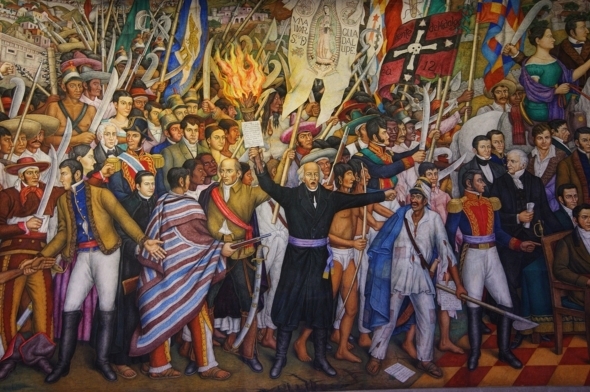

The Mexican War Independence had 3 stages:
Mexican War
of Independence
first stage (1810–1811)
Mexican War
of Independence
organizational phase (1811–1815)
Mexican War
of Independence
Resistance and Consummation Phases (1815–1821)
- Geography:
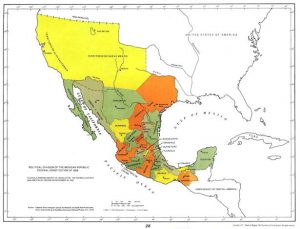
- Religion: The leader of the Mexican Revolution, Miguel Hidalgo used the Religion as a form to show power to his people, he was a roman catholic priest.
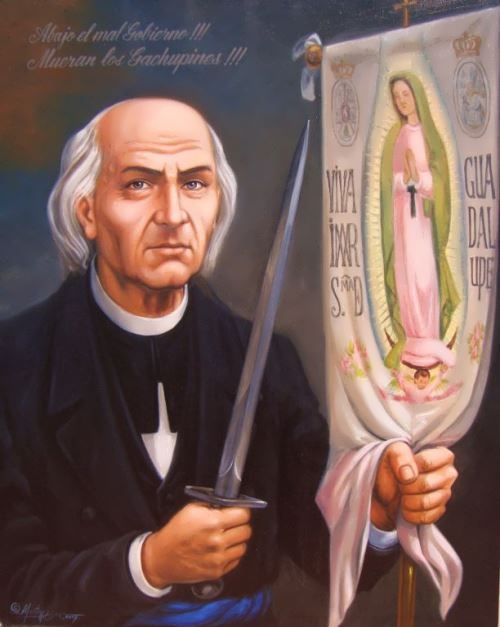
- Artifacts: Hidalgo holds a sword and an image of Mary the Mother of Jesus
- Politics: The Creoles are the only ones to really gain any power and The USA competes directly with the new independent Mexico taking land in the Mexican American war.
- Economics: The newly independent Mexico lacked industry and depended on agriculture.
- Social: At the end of the revolution society was still divided by the lighter skinned and darker skinned and the wealthy.
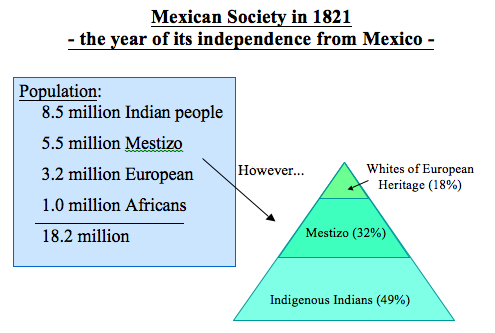
—————————————————————————————————————–
The Venezuelan War of Independence: 1810–1823 (13 years)
Result: Victory over the Spanish Empire.
Location: South America
Simón Bolívar , in full Simón José Antonio de la Santísima Trinidad Bolívar y Palacios (24 July 1783 – 17 December 1830), was a Venezuelan military and political leader who played a leading role in the establishment of Venezuela, Bolivia, Colombia, Ecuador, Peru and Panama as sovereign states, independent of Spanish rule. Nicknamed ” George Washington of Latin America”
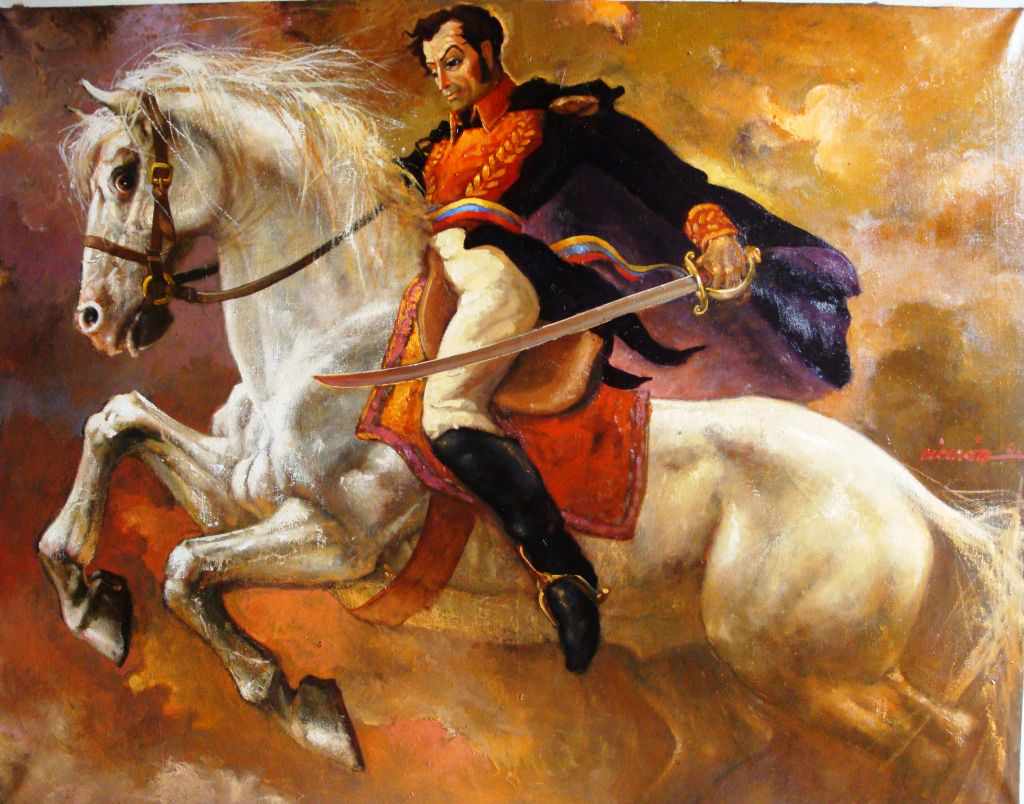

Simon Bolivar Quotes:
“When tyranny becomes law, rebellion is a right.”
“It is harder to release a nation from servitude than to enslave a free nation.
Geography:
This map below shows the enlightenment ideas that came from Europe and North America to Latin America.
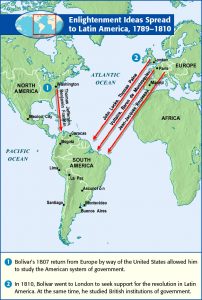
Religion: This image below shows the Roman Catholic Chruch religion that came through the Atlantic Ocean. Also, represent the authority of the church to the people in South America.
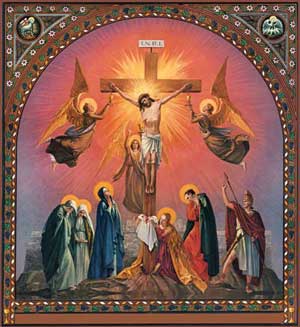
Artifacts: This is an example of the artwork during the Venezuelan War Indepence, representing the emotional feeling of the people.
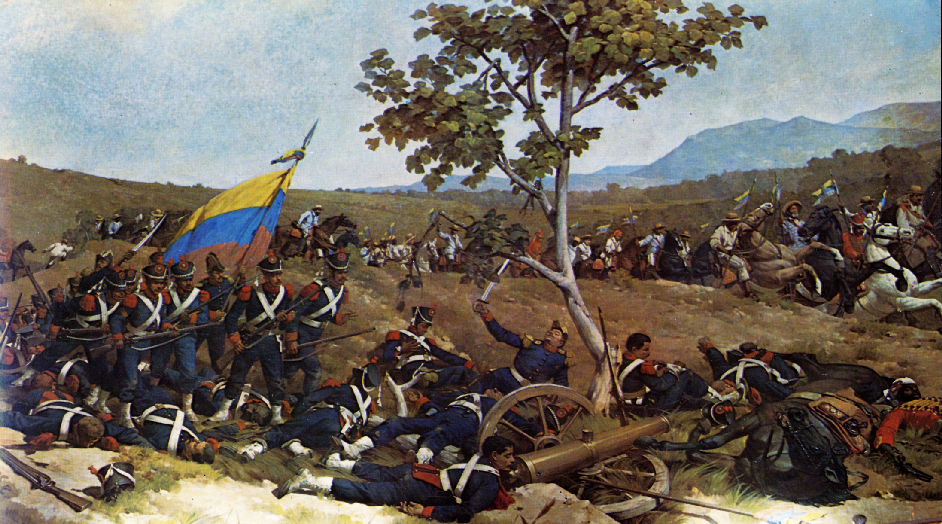
Politics: This picture below shows how after the Venezuelan War Independence they become more “democratic”, but the truth is that they were still divided by skin and wealthy,not very body had the same rights, the lighter skin you had, the better jobs you can be got and more wealthy you was.
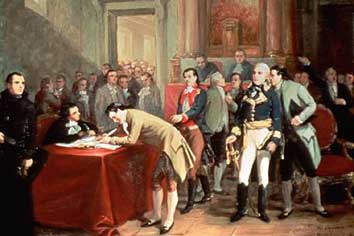
Economics: Coffee surpassed cocoa in the 1800s. Although the war of independence devastated the economy in the early nineteenth century, a coffee boom in the 1830s made Venezuela the world’s third largest exporter of coffee. The merchants were the more wealthy, the lighter skinners. They didn’t have industrial economy as the European countries, they were divided by owners and workers, (owners: light skin, Workers: Darkness skin). The image below shows a money bill honored to Simon Bolivar
.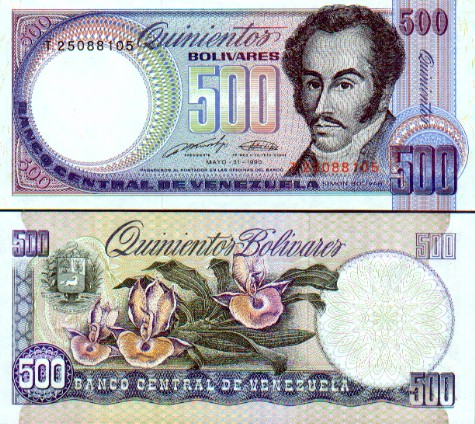
Social: At the end, they took out of the way the peninsulares but the government was still divided by democracy with the Creoles as the leaders and just like the peninsulares, but they felt unified because of their same language and their same religion. They social classes remained the same, the wealthy ones were the creoles with their light skin and the less privileged were the Africans and the Native American’s.
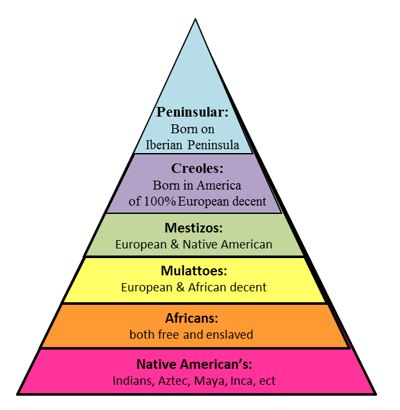
Resources: http://www.historytoday.com/john-lynch/simon-bolivar-and-spanish-revolutions
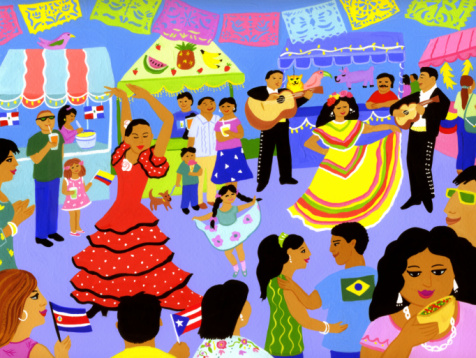


Roza AL • Jan 9, 2017 at 1:58 pm
happy Latin American Independence. I Hope one day I celebrate independence as a proud kurdish woman.
kdawg18 • Nov 11, 2016 at 1:07 pm
I learned that Hidalgo was the common man’s authority as a Catholic priest and fought for the independence war but in the end the higher power wins. SO basically they fought for independence but not all wars end in a revolution for the common man. Its a revolution of the top of society but not the bottom.
CeiCei King • Nov 11, 2016 at 1:02 pm
What did I learn?: -The leader of the Mexican Revolution, Miguel Hidalgo used the Religion as a form to show power to his people, he was a roman catholic priest.
-The Venezuelan War of Independence: 1810–1823 (13 years) Which resulted with victory over the spanish empire.
How can I compare it to what I know?
In 1791 Toussaint L’Ouverture led slaves in revolt ,just as Miguel hidalgo led Mexicans Also during the 19th there were many revolts happening. The difference between Hidalgo and L’Ouverture was race. If you were white your independence had a greater guarantee of lasting.
Phar • Nov 11, 2016 at 12:34 pm
The independence movement in Latin America is a national independence movement, but its also a bourgeois revolution. What does this mean? Bourgeois is a name from the French revolution which means the new educated class of people who have some money and know some ideas about the enlightenment. After reading this mirror project, i learned Latin American bourgeois revolution is not thorough, not completely clear. There were obstacles to the development of industry and the ownership of private property. Latin American people are still faced with a difficult revolutionary task. At the same time Latin America is used by other industrial nations like Europe and the USA. Foreign capital takes advantage of the slow development of southern regions and they invade the south at will, so that Latin American countries can not get rid of the control of the European colonial powers.
oceanmtnsky • Nov 11, 2016 at 1:00 pm
Knowing about the MONROE DOCTRINE would help your readers understand this comment.
nate1617 • Nov 11, 2016 at 12:21 pm
I learned that there were a couple of similarities between Haiti and Mexico, because Toussaint L’Ouverture led slave revolts in Haiti, and Father Miguel Hidalgo & Jose Morales led revolts in Mexico around the same time and I found that interesting. It is interesting to see that during the 19th century there were many revolts in many places. As Europe was turning into nation states its colonies wanted the same thing- this desire for Nationalism comes from education in the political Enlightenment ideas. Both Latin America and Haiti had unequal social classes. Haiti had a majority of slaves- they had the most slaves in the world besides Brazil- they were a plantation economy and when they got their independence that did not change- racism did not go away and the lighter skinned blacks became the new plantation owners. In Latin America there were natives and mixed people and then there were the white creoles. There was more of a middle class in Latin America and the geography bigger with more economic opportunity for power. Still, like Haiti, Latin America stayed as a planters economy and was influenced by the Monroe Doctrine of the United States.
Dianca6137 • Nov 11, 2016 at 9:13 am
I believe the most important thing to remember from the Latin America revolution, is power. It was a popular revolt. In the end only the Creoles had the power and Latin America did not have industry. Instead Latin America traded with the United States and was under the influence of the Monroe Doctrine. The revolutionaries got their power from the Church and from being Creoles which means they were of European blood and they were educated. They also succeeded because they had the support and the hopes of the common people. power was one of the most important parts in Latin American revolutions, because this was the reason for some big events; Europeans and the United States competed and interfered with Latin America by using the power of trade and military. Not just in Mexico but other countries too.For example the independence of Mexico (la independencia de Mexico) and many other revolutionary and/or wars did not end right away. In some cases there were many wars for independence for the same country. In the end Latin America was still dependent on the rise of industrial powers outside of Latin America.In the end the United States used its industrial and military power to influence Latin America into the 20th century. In the end just like in Haiti, there was still racism of lighter skinned over darker skinned.